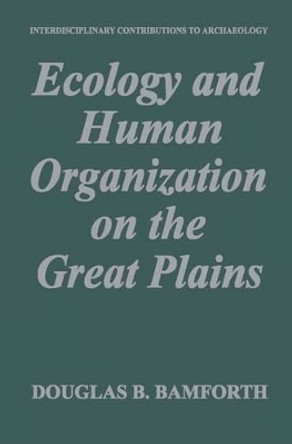In this volume, Douglas B. Bamforth offers an archaeological overview of the Great Plains, the vast, open grassland bordered by forests and mountain ranges situated in the heart of North America. Synthesizing a century of scholarship and new archaeological evidence, he focuses on changes in resource use, continental trade connections, social formations, and warfare over a period of 15,000 years. Bamforth investigates how foragers harvested the grasslands more intensively over time, ultimately turning to maize farming, and examines the persistence of industrial mobile bison hunters in much of the region as farmers lived in communities ranging from hamlets to towns with thousands of occupants. He also explores how social groups formed and changed, migrations of peoples in and out of the Plains, and the conflicts that occurred over time and space. Significantly, Bamforth's volume demonstrates how archaeology can be used as the basis for telling long-term, problem-oriented human history.
This book uses archaeology to tell 15,000 years of history of the indigenous people of the North American Great Plains.About the AuthorDouglas B. Bamforth has worked on the Great Plains for 40 years, challenging stereotypes of Paleoindians and exploring neglected aspects of recent maize farmers. Previous books include The Allen Site: A Paleoindian Camp in Southwestern Nebraska and Archaeological Perspectives on Warfare on the Great Plains.
Reviews'... a comprehensive study of the region's archaeology ... Recommended' L. L. Johnson, Choice Connect
Book InformationISBN 9780521873468
Author Douglas B. BamforthFormat Hardback
Page Count 350
Imprint Cambridge University PressPublisher Cambridge University Press
Weight(grams) 1110g
Dimensions(mm) 260mm * 185mm * 26mm







